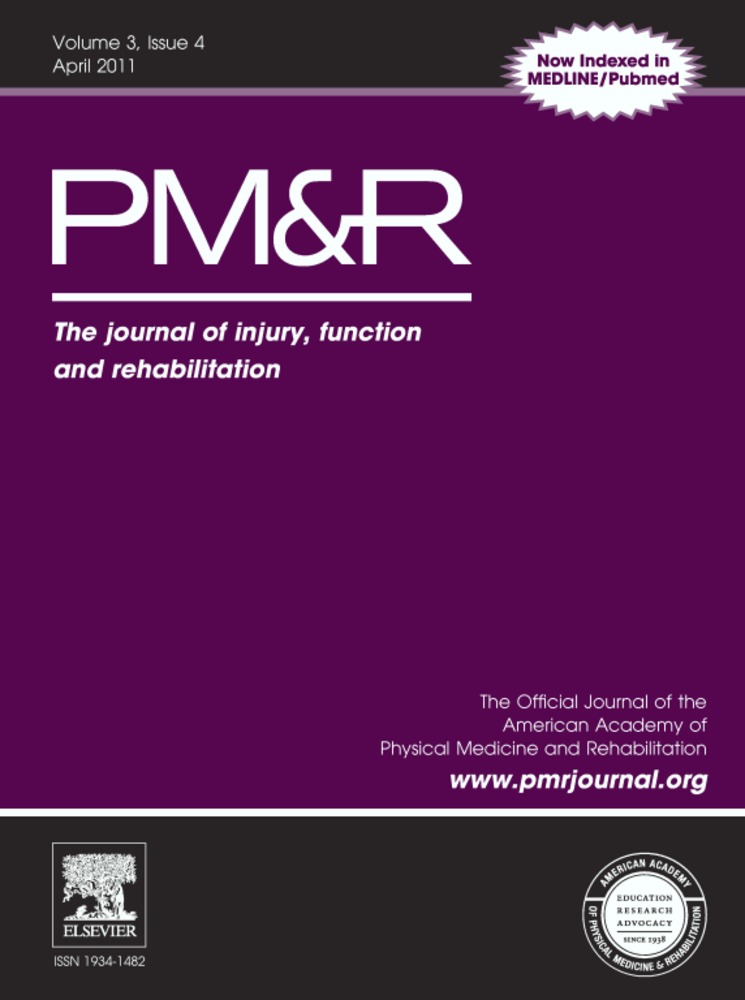Evidence-based Guideline: Treatment of Painful Diabetic Neuropathy
Report of the American Academy of Neurology, the American Association of Neuromuscular and Electrodiagnostic Medicine, and the American Academy of Physical Medicine and Rehabilitation
Abstract
Objective
To develop a scientifically sound and clinically relevant evidence-based guideline for the treatment of painful diabetic neuropathy (PDN).
Methods
We performed a systematic review of the literature from 1960 to August 2008 and classified the studies according to the American Academy of Neurology classification of evidence scheme for a therapeutic article, and recommendations were linked to the strength of the evidence. The basic question asked was: “What is the efficacy of a given treatment (pharmacological: anticonvulsants, antidepressants, opioids, others; and non-pharmacological: electrical stimulation, magnetic field treatment, low-intensity laser treatment, Reiki massage, others) to reduce pain and improve physical function and quality of life (QOL) in patients with PDN?”
Results and Recommendations
Pregabalin is established as effective and should be offered for relief of PDN (Level A). Venlafaxine, duloxetine, amitriptyline, gabapentin, valproate, opioids (morphine sulphate, tramadol, and oxycodone controlled-release), and capsaicin are probably effective and should be considered for treatment of PDN (Level B). Other treatments have less robust evidence or the evidence is negative. Effective treatments for PDN are available, but many have side effects that limit their usefulness, and few studies have sufficient information on treatment effects on function and QOL.




